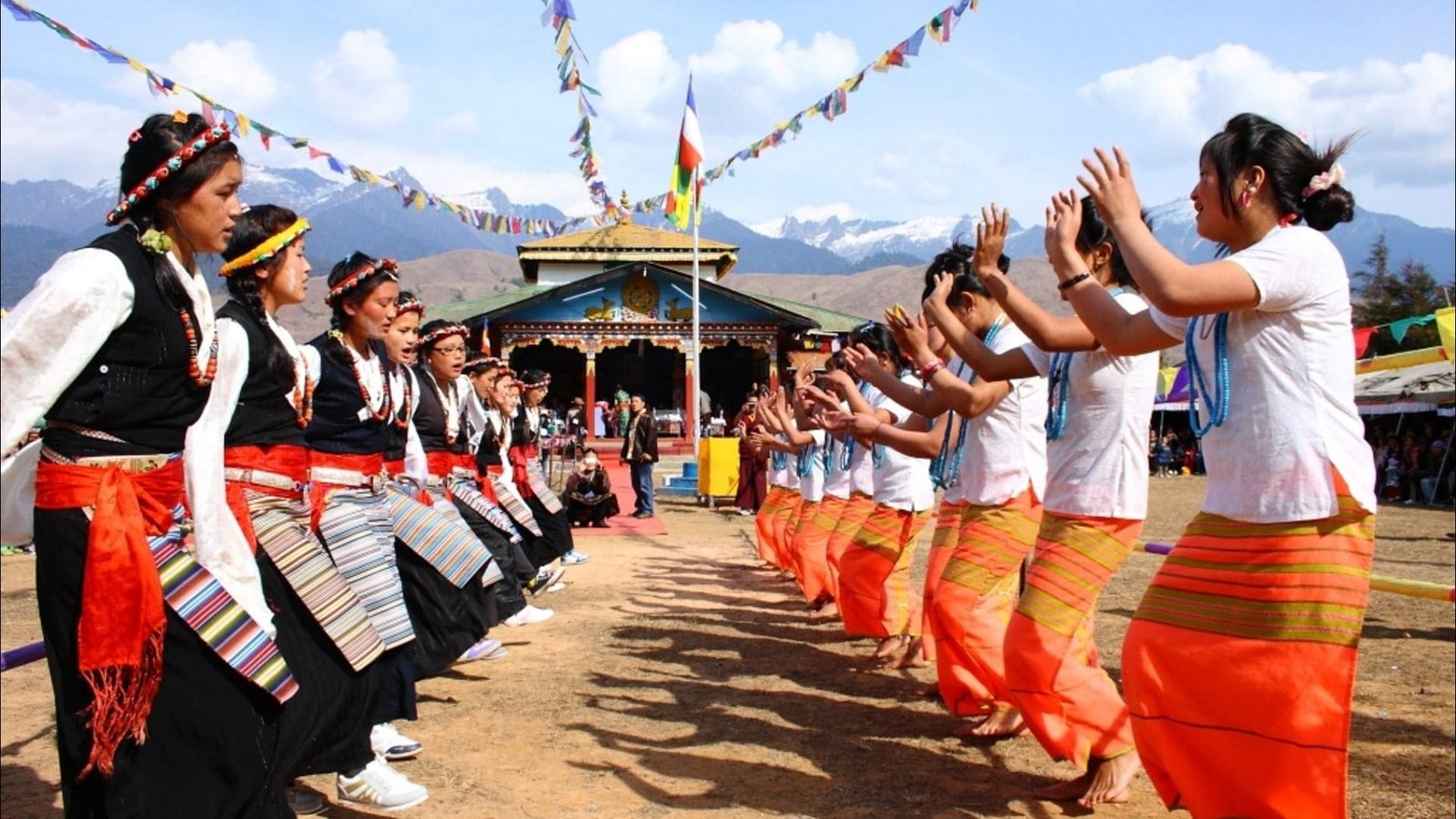Introduction
Lhosar, or Tibetan New Year, is a vibrant and culturally significant festival celebrated by Nepal’s Sherpa, Tamang, and Gurung communities. Each ethnic group observes Lhosar at different times of the year, reflecting this festive occasion’s diverse traditions and customs.
Celebration
Lhosar is marked by various rituals, including offering special foods, performing traditional dances, and praying for the New Year. Families gather to prepare traditional dishes, including momo (dumplings) and thukpa (noodle soup), essential to the celebration. In the days leading up to Lhosar, families clean their homes and prepare for the festivities, symbolising a fresh start. On the day of Lhosar, people wear traditional attire, visit monasteries, and engage in communal celebrations, including lively dance performances that showcase their rich cultural heritage.
Duration and Timing
The date of Lhosar varies depending on the lunar calendar. For the Sherpa community, Sonam Lhosar is celebrated in February or March. The Tamu Lhosar, celebrated by the Gurung community, falls in December or January, while the Gyalpo Lhosar, observed by the Tamangs, takes place in February. Each community’s Lhosar features unique traditions and customs, reflecting their cultural identity.
Significance
Lhosar is not just a celebration of the New Year; it holds profound cultural significance for the communities involved. It is a time for families to come together, express gratitude for the past year, and pray for prosperity and happiness in the year ahead. The festival also reinforces community bonds, as people participate in group celebrations, share meals, and engage in cultural performances. Lhosar showcases the rich tapestry of Nepal’s ethnic diversity, allowing travellers to experience these communities’ unique traditions and joyous spirit. Lhosar is a beautiful example of how festivals in Nepal encapsulate the essence of cultural heritage, community spirit, and religious beliefs, enriching both participants and visitors.







 Member of
Member of